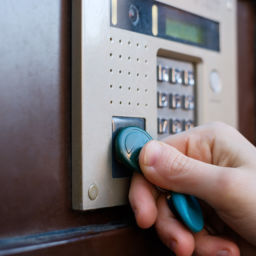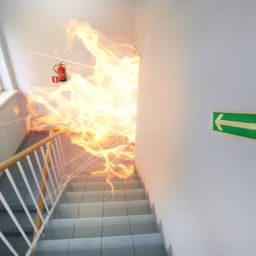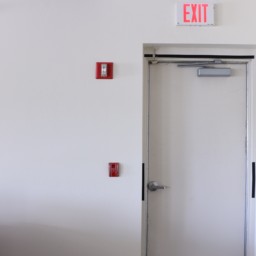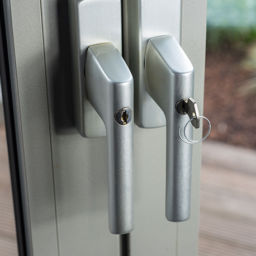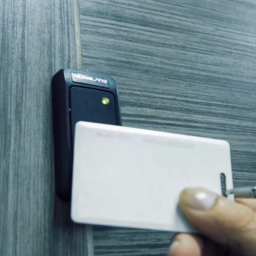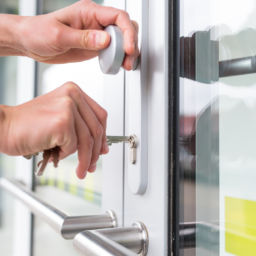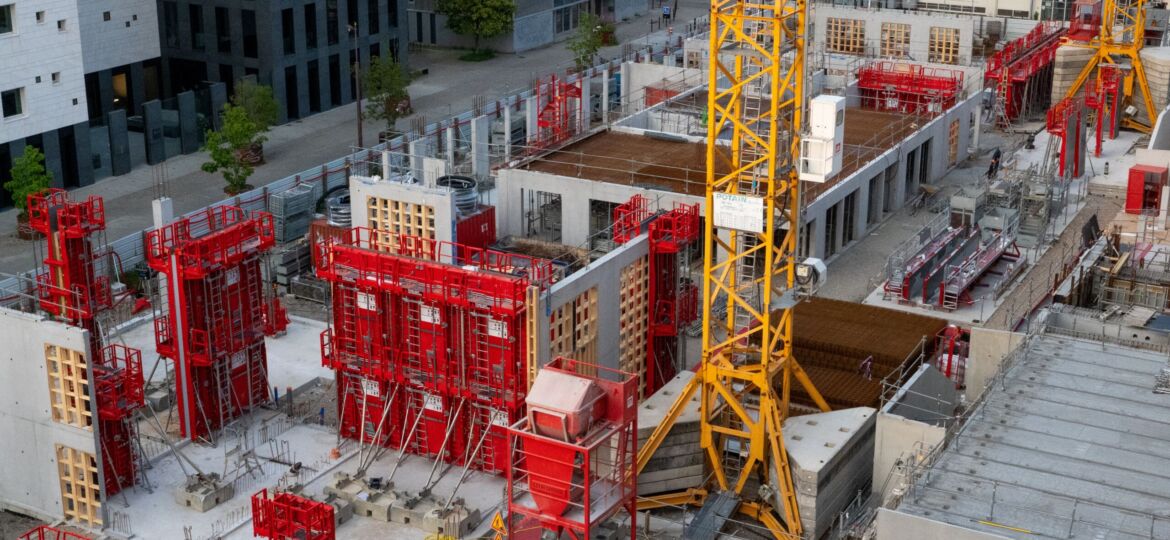
Construction sites, despite their rugged and seemingly uninviting appearance, have long been attractive targets for thieves and vandals. These sites house valuable equipment and materials, making them vulnerable to theft, vandalism, and unauthorized access.
On September 13, 2023, Joseph John Waldron III, pleaded guilty in the U.S. Middle District Court to the interstate transportation of stolen goods. Waldron’s case involved the theft and sale of seven pieces of heavy equipment, with a total loss amounting to a staggering $688,000. These thefts occurred in 2021 and spanned multiple states, including New York, New Jersey, Delaware, and Maryland, with the stolen equipment ending up in various locations in Pennsylvania.
While Waldron’s case provides a recent example of construction theft, it is essential to consider the broader context of this issue. In the United States, construction theft has been a recurring problem, with statistics dating back to 2016 revealing significant losses. Back then, a construction theft report estimated that equipment robbery accounted for approximately $400 million in losses annually, with only a fraction of stolen goods being recovered. The losses incurred from construction theft are not isolated incidents; they continue to plague the construction industry, causing financial setbacks, project delays, and safety hazards.
Factors Fueling Construction Theft
Several factors continue to fuel the audacity of construction site theft:
Rising Demand and Prices: The construction industry is experiencing increased demand, resulting in higher prices for construction materials and equipment. This heightened value makes construction sites lucrative targets for thieves.
Ease of Disposal: Stolen construction equipment and materials can be easily sold through black markets, online platforms, or even scrapped for parts. The relative anonymity and ease of disposal incentivize criminals to target construction sites.
Lack of Security Measures: Insufficient security measures, such as inadequate fencing, poor lighting, and limited surveillance, create opportunities for thieves to operate undetected. Many construction sites are vulnerable due to their temporary nature and the challenges of implementing robust security systems.
Mitigating Construction Theft
Safeguarding your construction site and its assets remains as crucial as ever. Let’s explore some updated best practices for protecting your construction site, equipment, employees, and more in this evolving landscape.
1. Embrace Advanced Surveillance Solutions
Security cameras have been a staple of construction site protection for years, but technology has evolved significantly. Today, it’s essential to invest in advanced surveillance solutions that provide comprehensive coverage and intelligent monitoring.
High-Definition Cameras: Opt for high-definition (HD) cameras with night vision capabilities. These cameras capture clear footage even in low-light conditions, ensuring that any suspicious activity is well-documented.
Wireless and Remote Access: Consider wireless cameras that can be easily installed and relocated as needed. Remote access to camera feeds through smartphones or computers allows you to monitor your site 24/7, regardless of your location.
Smart Analytics: Modern security cameras often feature smart analytics, such as motion detection and facial recognition. These capabilities can alert you to potential threats and provide valuable data for investigations.
2. Invest in an Integrated Alarm System
While cameras provide valuable visual evidence, an integrated alarm system adds an extra layer of security. These systems can be configured to trigger alarms and alerts in real-time, notifying you and, if desired, law enforcement of any unauthorized access.
Connected Sensors: Utilize sensors that detect movement, vibrations, or breaches of secure areas. If a sensor is triggered, the alarm system can activate sirens, lights, and notifications.
Mobile Alerts: Ensure that your alarm system is connected to your mobile device. This way, you can receive instant alerts, allowing for swift action when an incident occurs.
3. Prioritize Equipment Security
Understanding what equipment is most susceptible to theft is crucial for effective protection. Criminals target items that are both valuable and easy to transport. Consider the following strategies:
Secure Storage: Invest in secure storage containers or on-site lockers to store valuable tools and equipment overnight. These containers should be sturdy and equipped with high-quality locks.
Key Management: Implement strict key management procedures. Only authorized personnel should have access to keys, and these keys should be securely stored when not in use.
Tracking Technology: Consider using tracking devices on high-value equipment. These devices can help you locate stolen property quickly, increasing the chances of recovery.
4. Implement Access Control
Controlling who can access your construction site is essential for security. Implementing access control measures ensures that only authorized personnel can enter.
Fencing and Barriers: Secure your site with fencing and barriers. Use access gates with electronic locks that can be controlled remotely.
Biometric Access: Biometric access systems, such as fingerprint or facial recognition, provide a high level of security. Only authorized individuals can gain entry using their unique biometric data.
5. Develop a Comprehensive Security Plan
One of the most crucial steps in protecting your construction site is to create a comprehensive security plan tailored to your site’s specific needs and risks. This plan should include:
Risk Assessment: Identify potential security risks and vulnerabilities unique to your site. Consider factors such as location, local crime rates, and the value of on-site assets.
Emergency Response: Develop clear procedures for responding to security breaches, fires, accidents, and other emergencies. Ensure that all employees are familiar with these protocols.
Regular Training: Train your construction site staff on security awareness and best practices. This includes recognizing and reporting suspicious activity and understanding how to use security equipment.
In 2023, construction site security demands a proactive and technology-driven approach. Embrace advanced surveillance solutions, integrated alarm systems, and robust access control measures to protect your assets effectively. Prioritizing equipment security, developing a comprehensive security plan, and staying updated on the latest security technologies are vital steps in safeguarding your construction site from theft, vandalism, and unauthorized access.
The Security Professionals are here to assist you with site assessments, expert recommendations, and state-of-the-art security solutions. Your construction site’s safety is our top priority. Contact us today.






